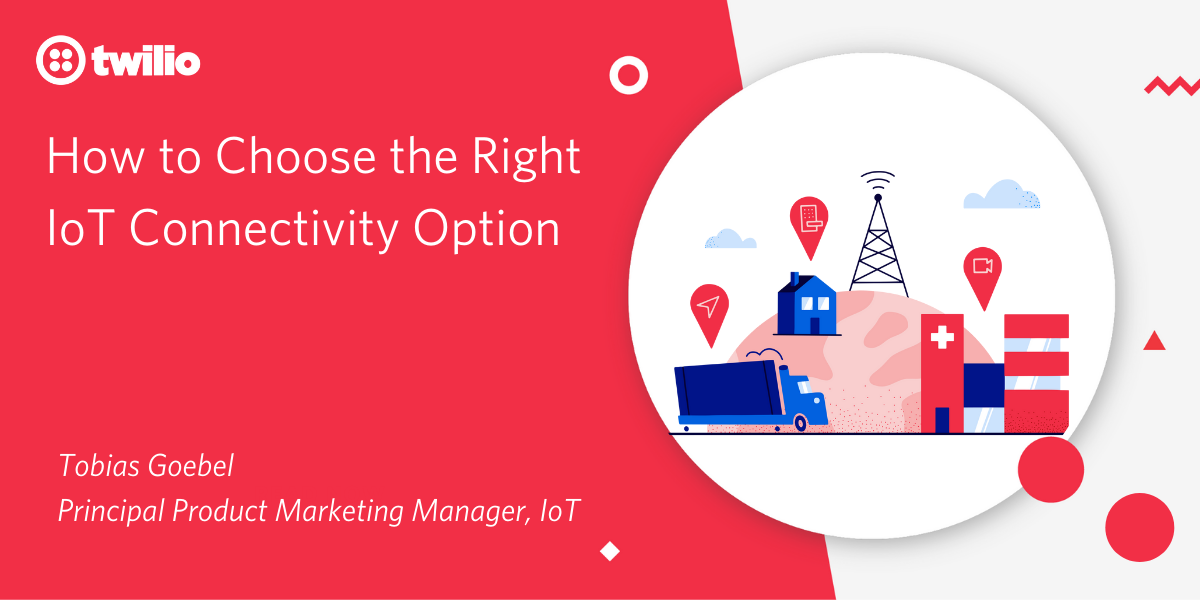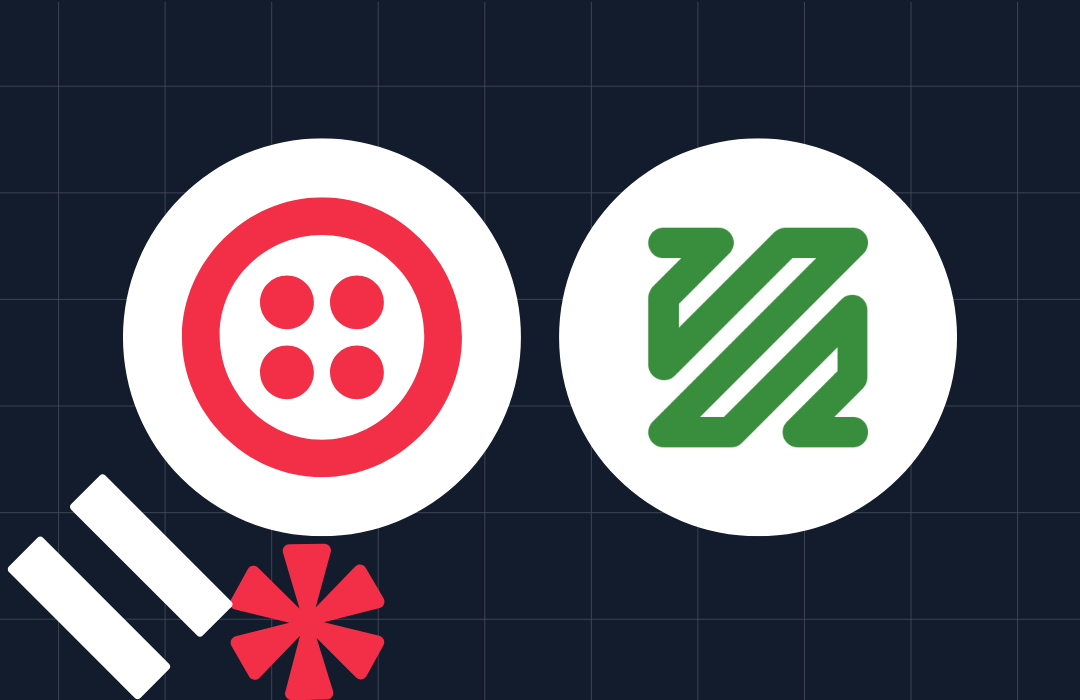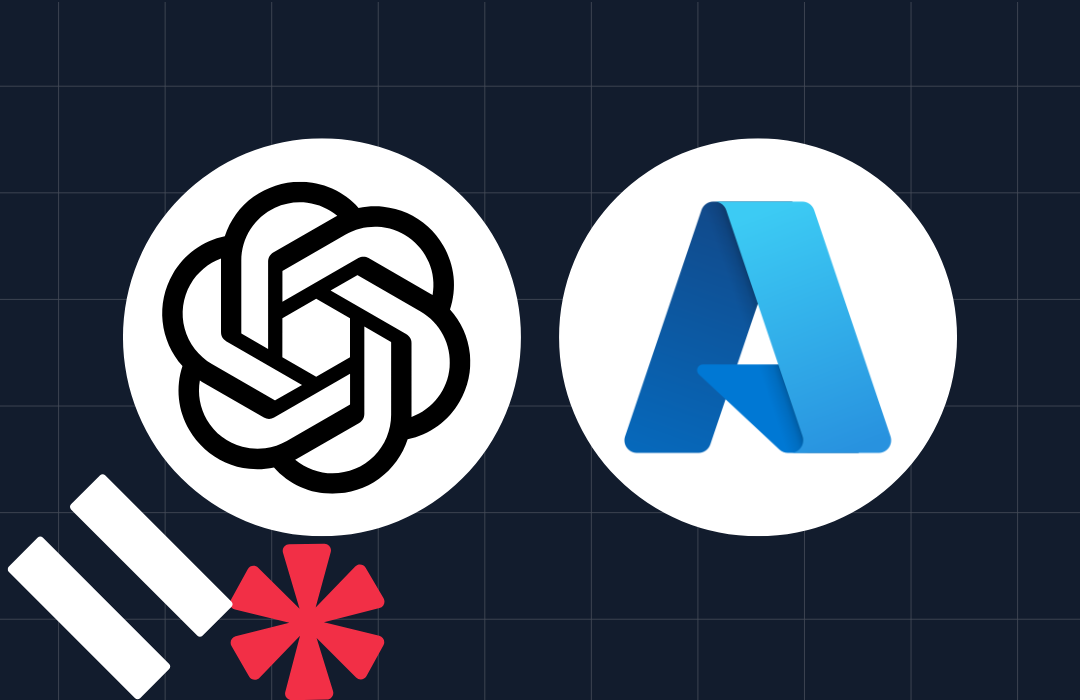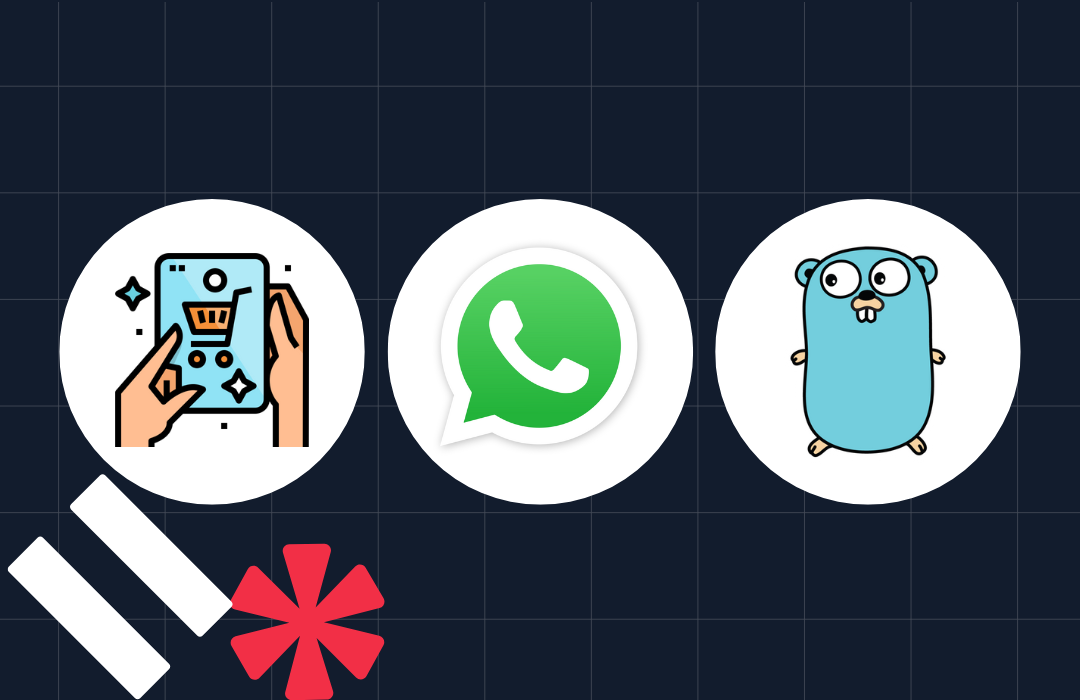IoT Connectivity - How to Choose the Right Option for Your Business
Time to read: 4 minutes

What is IoT connectivity?
The Internet of Things (IoT) refers to the billions of everyday objects that are now connected to the internet. And the world of IoT is expanding dramatically. IoT technology is being leveraged globally to drive innovation in industries such as healthcare, agriculture, transportation, including connected vehicles, and security. (Find an overview of use cases in our article Top IoT Use Cases Across Industries.) Analyst IDC projected global IoT spending to reach $742 billion in 2020 and predicts the figure will grow 11.3% per year through 2024. Every day, industry leaders are choosing to invest in IoT.
This is a big deal. This behemoth of technology space is changing the world as we know it, shaping how we live, work, and engage with each other and with the physical world. Predictions on the number of connected IoT devices vary, but we seem to be heading for a tripling from 8.74 billion in 2020 to more than 25.4 billion in 2030.
Why does IoT connectivity matter?
As interest in ‘smart’ devices continues to grow, so does the need to select the right connectivity option to get reliable uptime. From everyday consumer devices such as smart thermostats and home security systems to the countless industrial and commercial applications for IoT, a reliable connection without interruptions is more often than not a prerequisite to having a functioning solution in the first place.
There are three primary factors to take into consideration when selecting a connectivity solution: range, bandwidth, and power consumption. The nature of the fleet of devices you need to connect will determine which of these factors to prioritize.
We know that when it comes to the constantly evolving IoT connectivity landscape, selecting the right option for your IoT deployment can feel overwhelming at times. So, here’s an overview of the options available to you to help you determine which may be the best one suited for your needs.
IoT connectivity options
WiFi
WiFi is a short-range solution used for data transfer in both enterprise and home environments. However, its short physical range (roughly 150-300 feet to the router base station) and relatively high software complexity presents limitations for scalability, coverage, and power consumption.
Bluetooth
Bluetooth, originally intended for point-to-point or point-to-multipoint data exchange between consumer devices, is capable of sending data continuously. But the connection works best usually within 30 feet, presenting similar range limitations as WiFi. An intriguing example of the use of Bluetooth is with Apple's relatively new AirTag product to track valuables, which just 2 days ago actually helped me find my cat who had run away outside...
Mesh networks
A medium-range option, mesh networks are deployed using a mesh topology to extend coverage by relaying sensor data over multiple wireless sensor nodes that are distributed in close proximity. The powered nodes work together to distribute information. Mesh network connectivity is commonly used in smart building applications such as connected lighting, HVAC controls, and security.
LPWAN
Our first long-range option, Low-Power Wide-Area Network (LPWAN) is an umbrella term for networks that allow communication over long distances and use minimal power. LPWAN technologies can operate over both unlicensed and licensed frequencies, the former being less expensive, but the latter providing higher-quality connectivity. NB-IoT and LTE-M, also known as Cat-M, are the two primary options for licensed LPWAN networks available to organizations and offered by an increasing number of wireless service providers.
Broadband cellular
Broadband cellular (including 2G, 3G, 4G-LTE, and the emerging 5G networks) offers the longest range by far – and thus highest mobility of connected devices – and is the most used connectivity solution for IoT devices. With the right modem and SIM selection to future-proof connectivity, cellular can be a reliable long-range coverage option that promises to improve with future iterations of cellular technology. E.g., the 4G variants of NB-IoT and LTE-M/Cat-M that are increasingly being deployed around the world have features to specifically support low-/battery-powered devices, and 4G-LTE networks are here to stay for another 15-20 years at least.
With these developments in cellular technology and its ability to service use cases that require the largest possible range and highly mobile assets that can move across borders, cellular is the connectivity solution of choice for many organizations. Swedish telecommunications company Ericsson estimated the compound annual growth rate (CAGR) of cellular IoT at 23% in its latest report, predicting 5.4 billion cellular-connected devices by 2026.
Global Cellular IoT Connectivity with Twilio
For cellular connectivity to be an effective solution for industrial and commercial IoT, however, it needs a true "One SIM" solution that is easy to manage and pay for—not only for international deployments, but for any fleet that needs more than one carrier to have reliable connectivity. Organizations can discover, build, and scale a customized connectivity solution for their unique IoT project with Twilio IoT. Twilio has not only simplified the process of connecting devices via cellular, they’ve built a platform that allows you to connect to multiple top-tier networks in a single country, and choose exactly which networks your devices are allowed to connect to – with local Internet breakouts distributed around the world.
Twilio IoT’s flagship product, Super SIM, removes the hassle of negotiating with dozens of carriers and gives you an easy-to-use Web console as well as powerful and well-documented APIs to manage an international or inter-regional IoT fleet with highest possible efficiency. Just one SIM gives you maximum coverage with redundancy and automatic failover built-in—all to free up more time for you to develop and scale the next game-changing IoT project.
Get your free trial Super SIM now!
Related Posts
Related Resources
Twilio Docs
From APIs to SDKs to sample apps
API reference documentation, SDKs, helper libraries, quickstarts, and tutorials for your language and platform.
Resource Center
The latest ebooks, industry reports, and webinars
Learn from customer engagement experts to improve your own communication.
Ahoy
Twilio's developer community hub
Best practices, code samples, and inspiration to build communications and digital engagement experiences.


